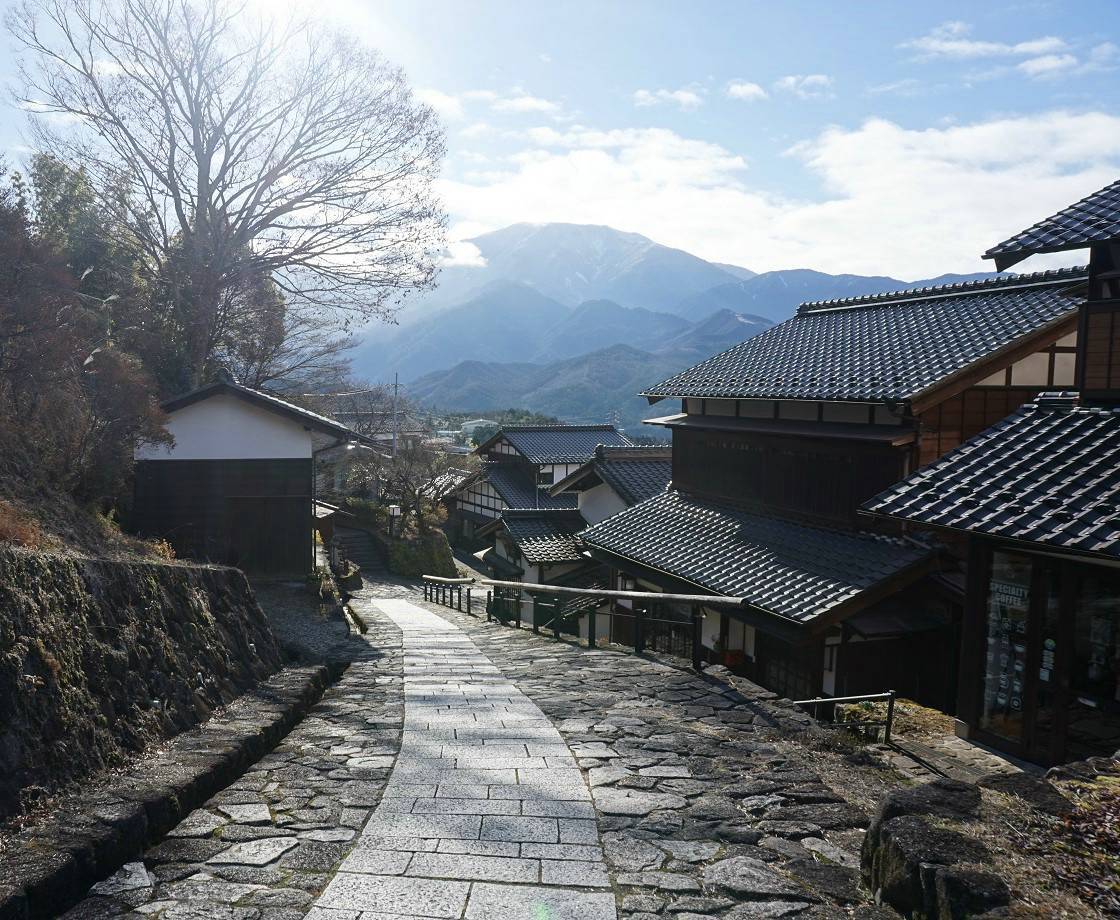Walking the Historic Nakasendo Samurai Trail
The cobblestone roads of the historic Nakasendo Route and the quaint Edo period (1603-1868) post towns of the Kiso Valley will make you feel like you have taken a step back in time to the age of the samurai.
The Nakasendo, literally the central mountain route, was a mountainous inland route that once connected Edo (present-day Tokyo) with Kyoto during the Edo period. It was one of the Gokaido (Japan's five major highways) consisting of a network of sixty-nine post towns along its 540-kilometer route.
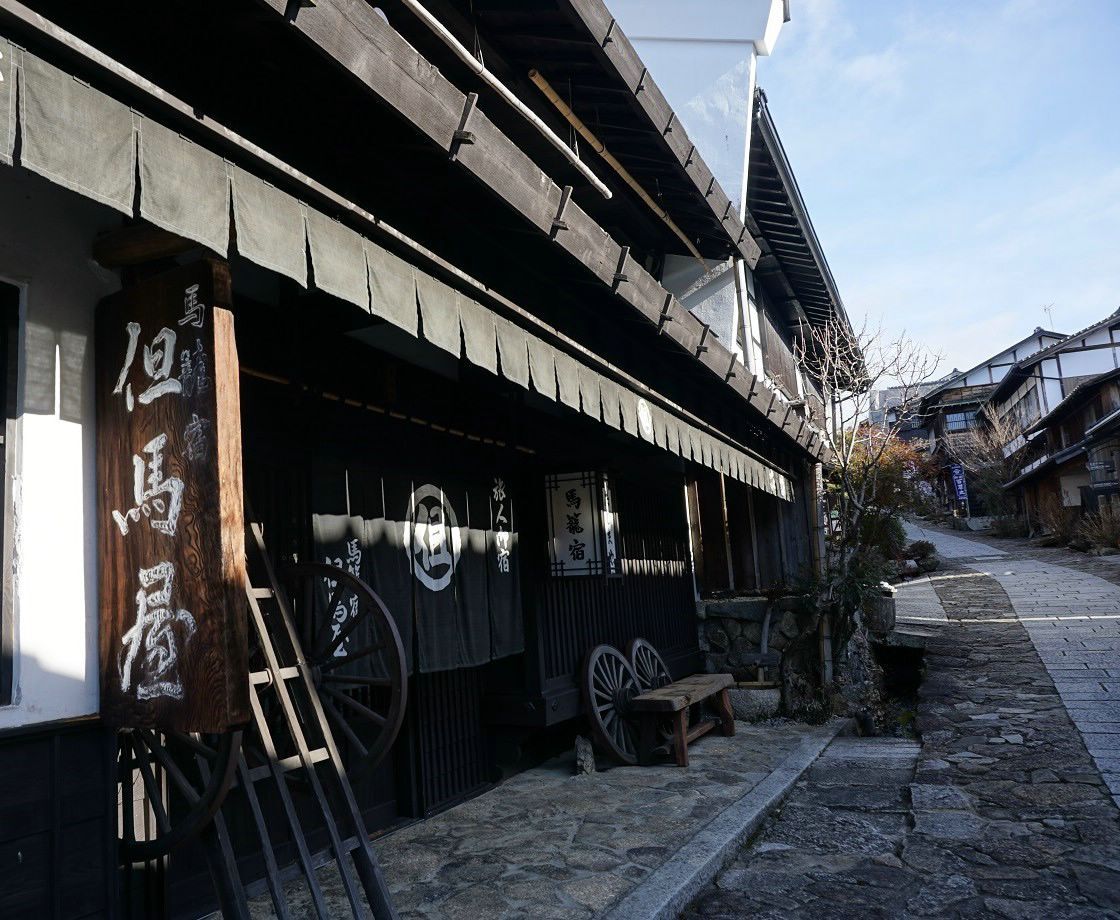
Part of the trail passed through the mountains of Gifu and Nagano Prefectures in central Japan and was known as the Kisoji, or Kiso Road. This historic section of the route was known for its lush green forests, crystal-clear streams, and remote rural villages and farms, which have remained pretty much untouched from the modern world.
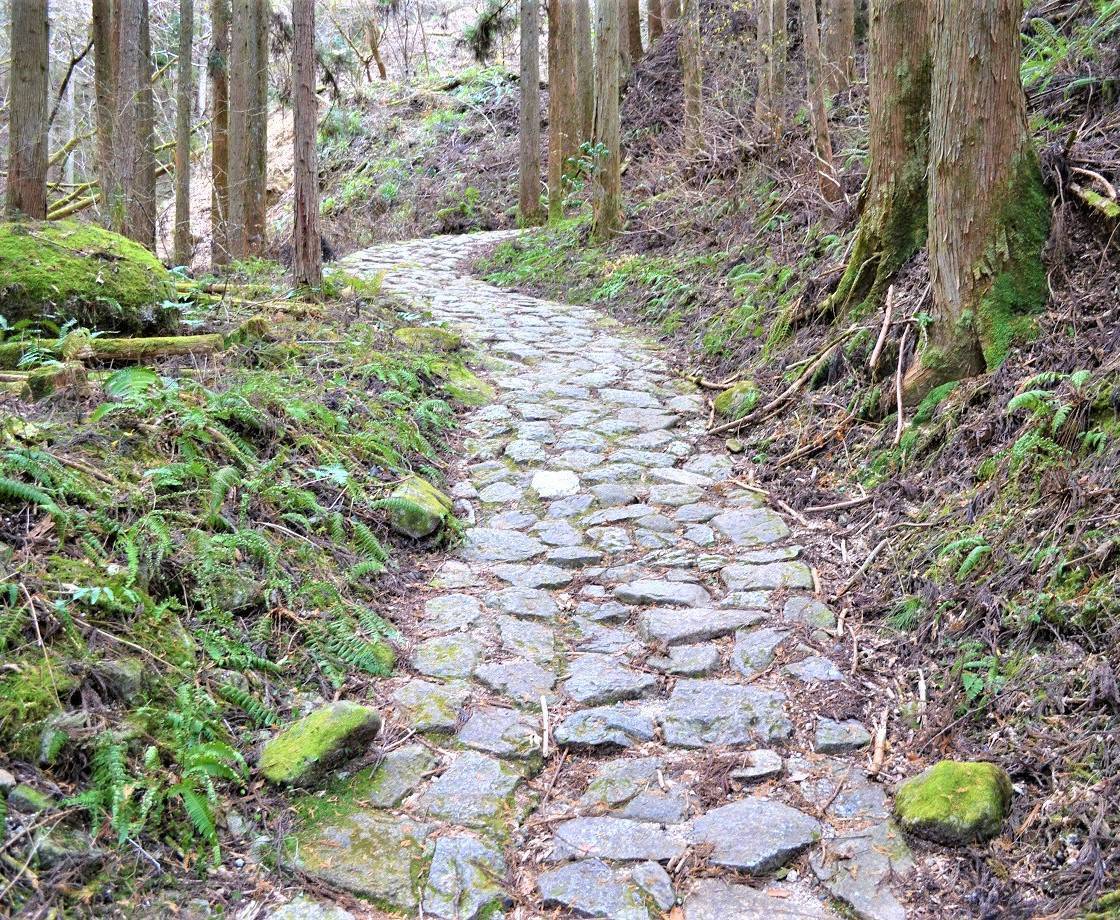
The 85-kilometer Kiso Road was home to eleven post towns which were created to accommodate travelers on their journey to and from Edo.

The Nakasendo During the Tokugawa Shogunate
The Nakasendo was a valuable asset for the Tokugawa Shogunate during the Edo period as it provided the Shogun and his government the communications network necessary to stabilize and rule the country in peace.
The Shogunate oversaw the management of the route, but it was left to the local daimyo (feudal lords) to improve and maintain the roads. The Kiso Road part of the Nakasendo was used by travelers on official business for the Shogunate, or feudal lords coming to and from their domain under a system put in place by the Tokugawa Shogunate, where they were required to stay in Edo with their household every other year.
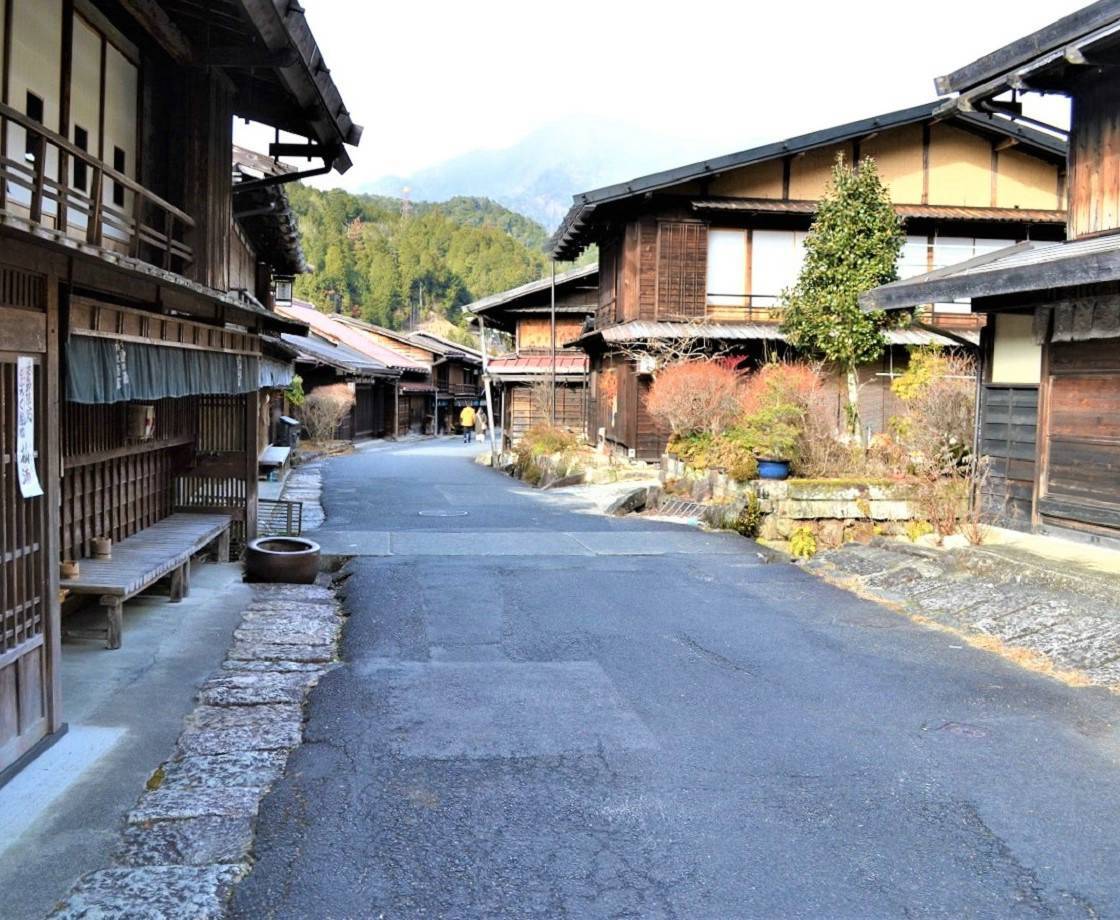
The Nakasendo in Modern Times
Today, most of the original Nakasendo has been lost to the past or turned into modern roads and highways. You can still find parts of the original road in the Kiso Valley with the most well-known section extending from Magome-juku in Gifu Prefecture to Tsumago-juku in Nagano Prefecture. This small section of the trail is about 7.3 kilometers (4.5 miles) long and should take you around 4 hours to walk at a leisurely pace.
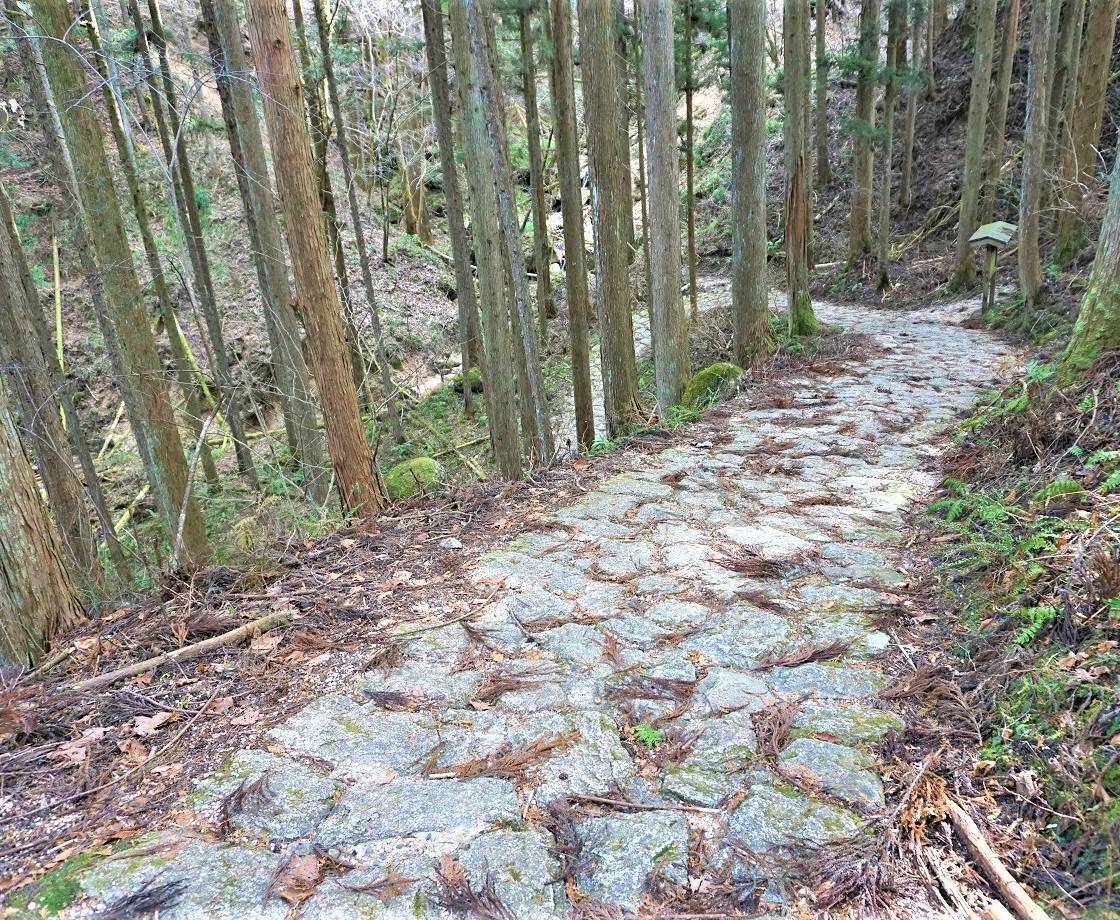
Magome-juku
A great starting point for exploring the Nakasendo is Magome-juku. This well-preserved town was the forty-third of the sixty-nine Edo period post towns along the Nakasendo. Walking the old streets here with their stone-paved paths and wooden architecture with lattice windows is like taking a step back in time.
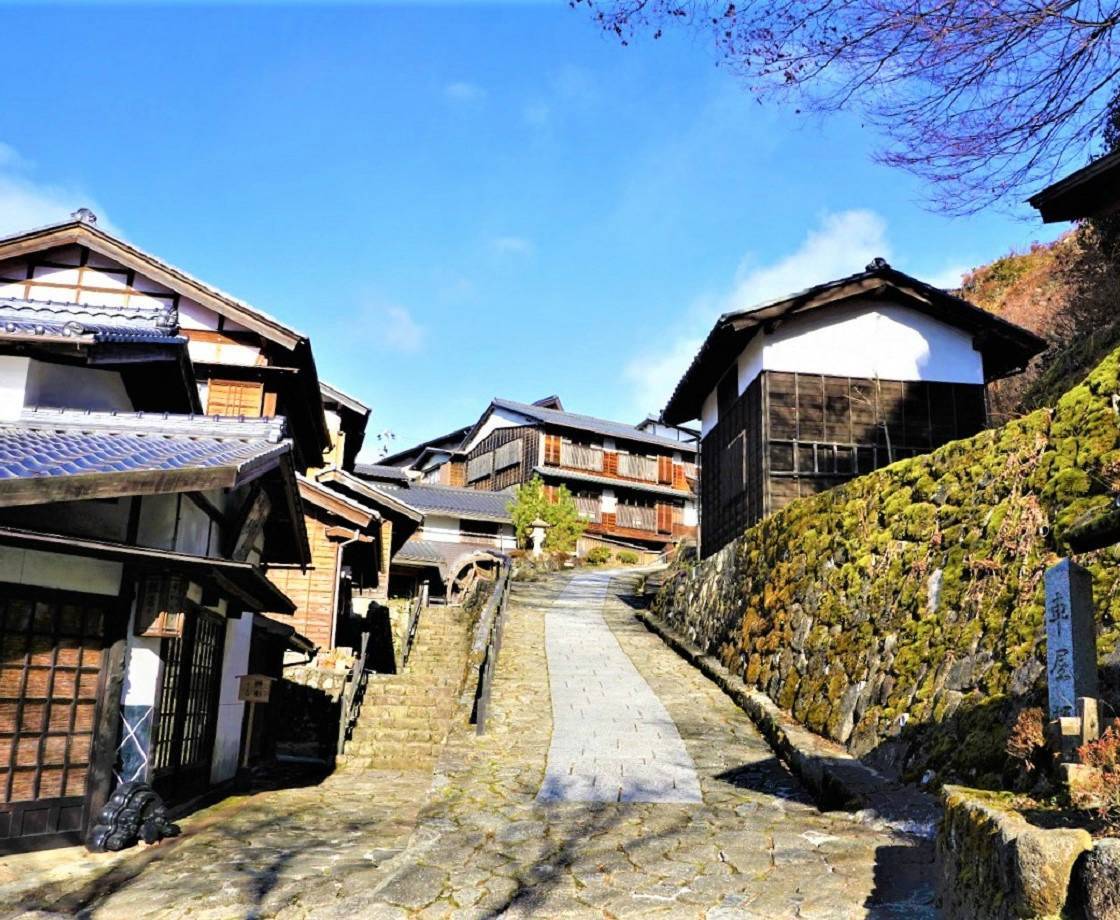
The main street is home to traditional wooden houses, souvenir shops, soba restaurants, tea houses and museums. One of the first things that you come across is the fascinating water wheel by the granary.
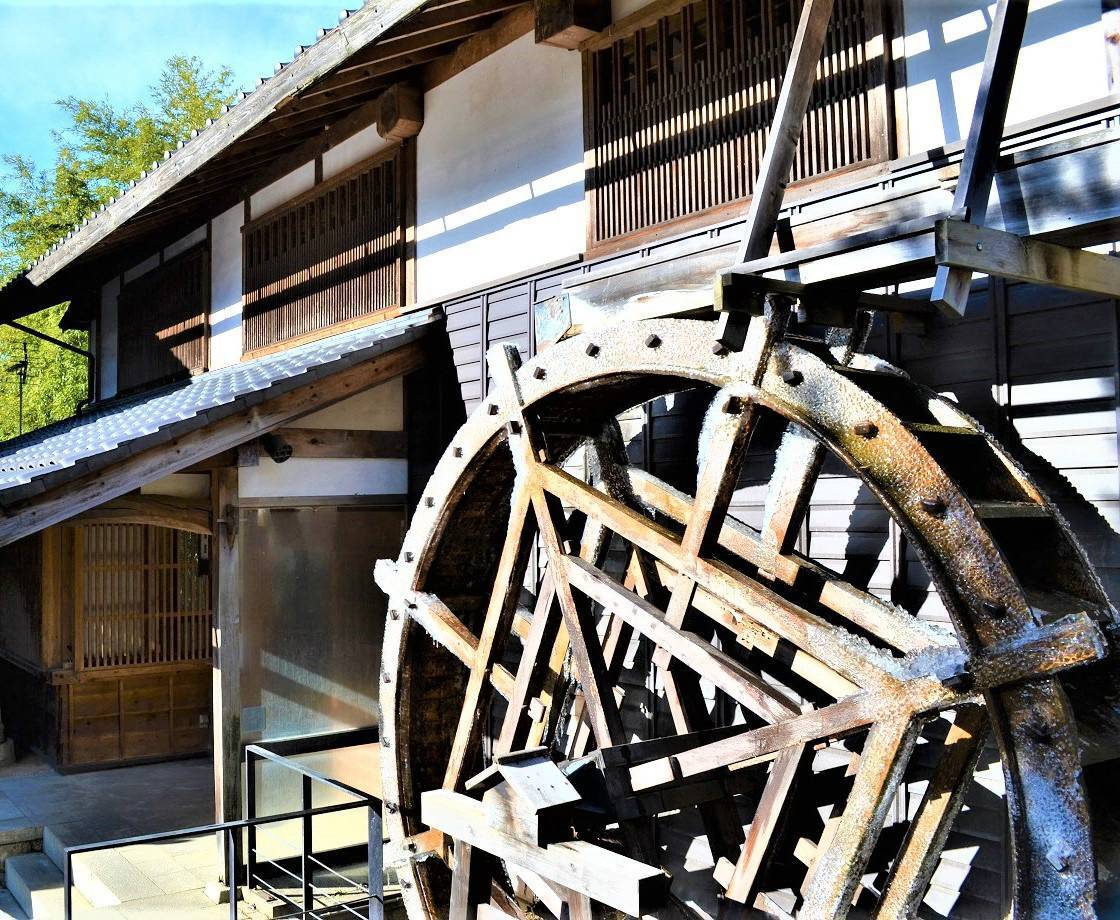
At the edge of town is a Kousatsuba (notice board), which was used by the Tokugawa Shogunate to post notices about laws and policies to the local residents.
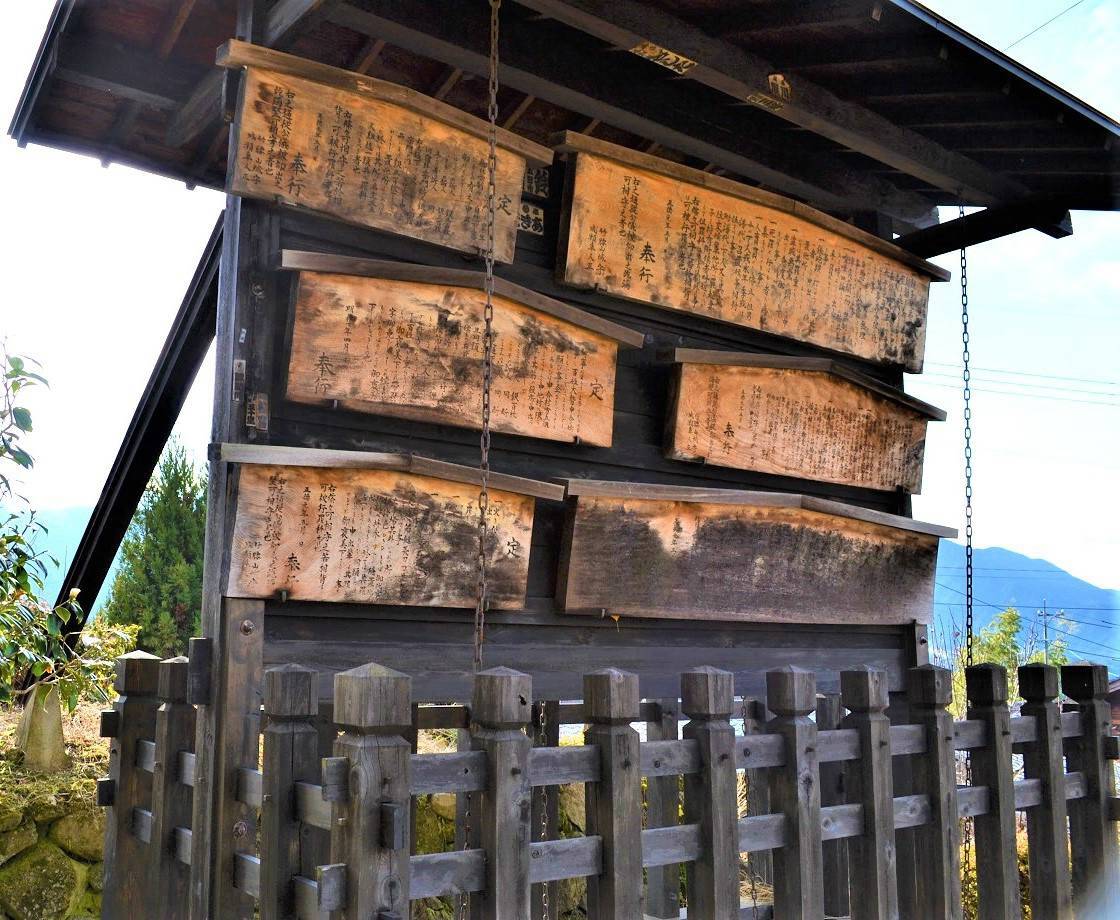
The trekking route starts from the scenic lookout at Magome-juku, where you keep climbing until you reach a small rural village, which is close to the Magome Pass.
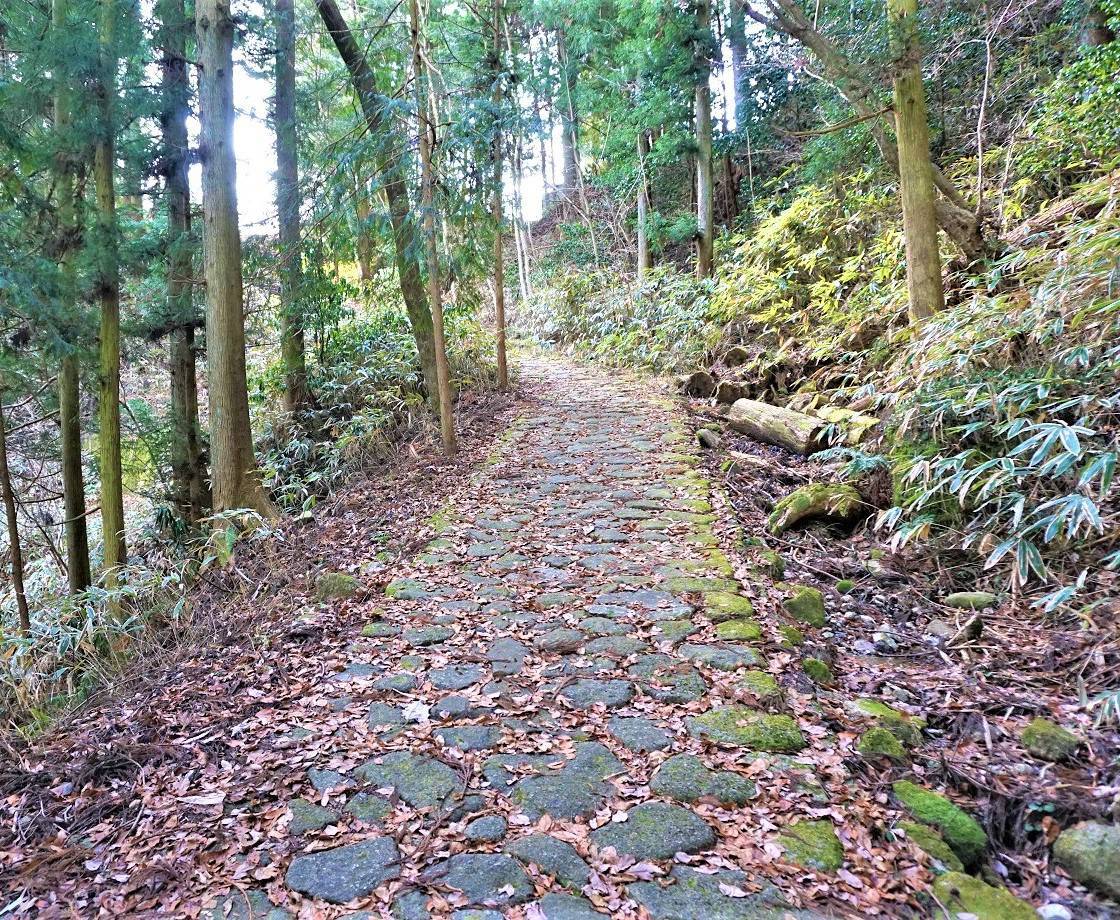
The Magome Pass
The initial part of the route from Magome-juku to Tsumago-juku is slightly uphill where you climb from around 600 meters above sea level at Magome-juku to 790 meters (2,600 feet) at the Magome Pass, which is the highest point on the route.
A Chance for a Rest and a Spot of Tea
The path from the Magome Pass to Tsumago-juku is mostly downhill, so after the climb to the highest point, you can take a rest and enjoy some warming tea at the Ichikokutochi Tatebachaya Tea House. The traditional building dates from the mid-Edo period, where it also acted as a tea house for tired travelers on the Nakasendo. The warmth of the irori hearth is a welcome relief during the colder months.

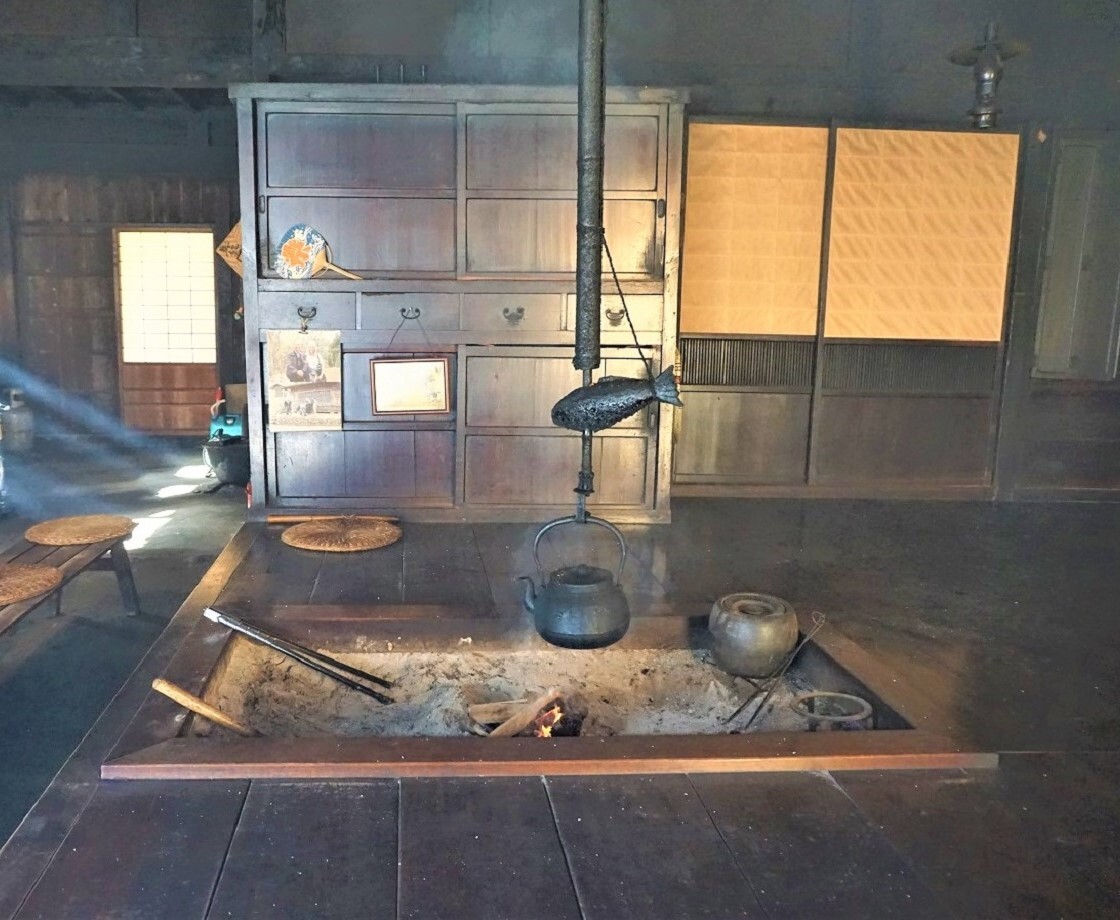
Enjoy going through the montain path
Once you are fully energized, you will continue your journey on Nakasendo in the Kiso Valley. About 90% of the Kiso Valley is covered in forests giving you a chance to see some tall Hinoki cypress, Japanese umbrella pines and cedar trees. The dirt path following the stream below leads you towards two amazing waterfalls.
The Male and Female Waterfall
The Odaki and Medaki Waterfall (Male and Female Waterfall) will refresh your body, mind, and soul and transport you into another world with its reinvigorating natural power. The locals tell a story about legendary samurai swordsman, Musashi Miyamoto (1584-1645), who is said to have practiced his astonishing sword skills here.
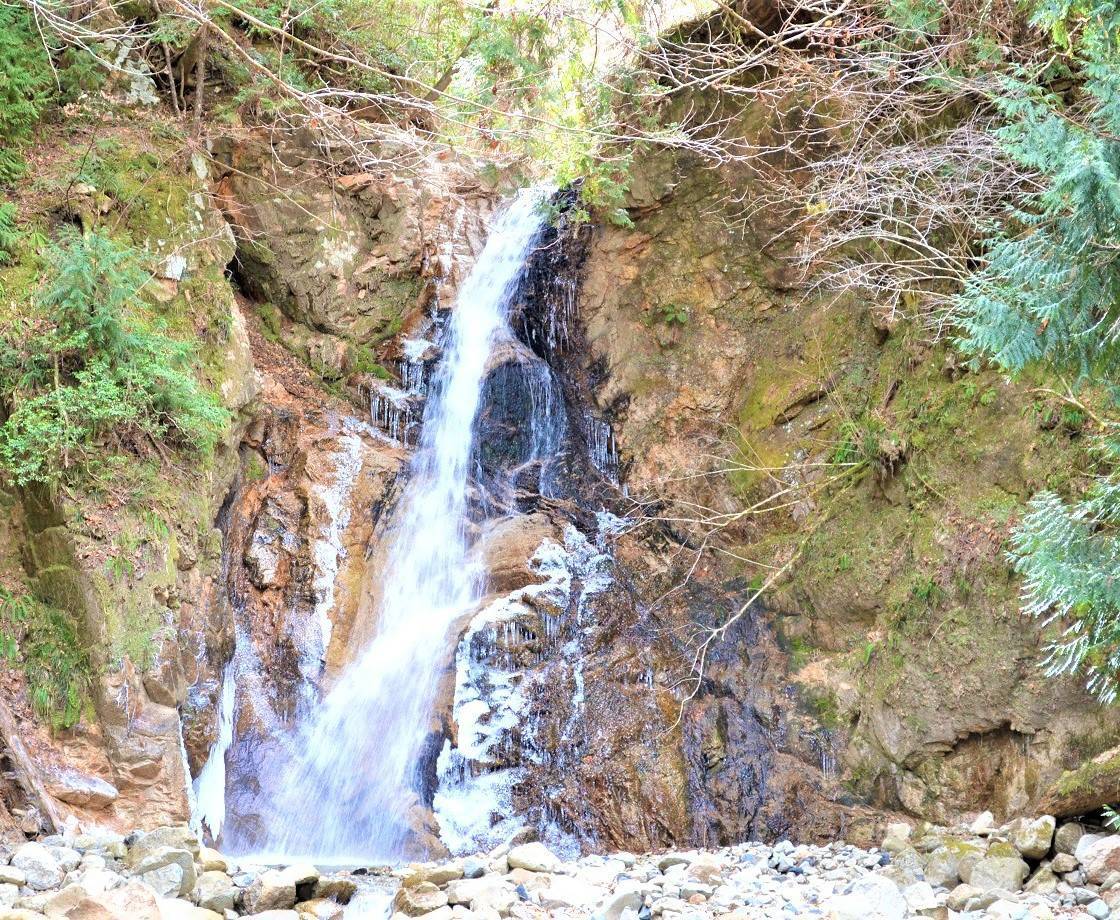
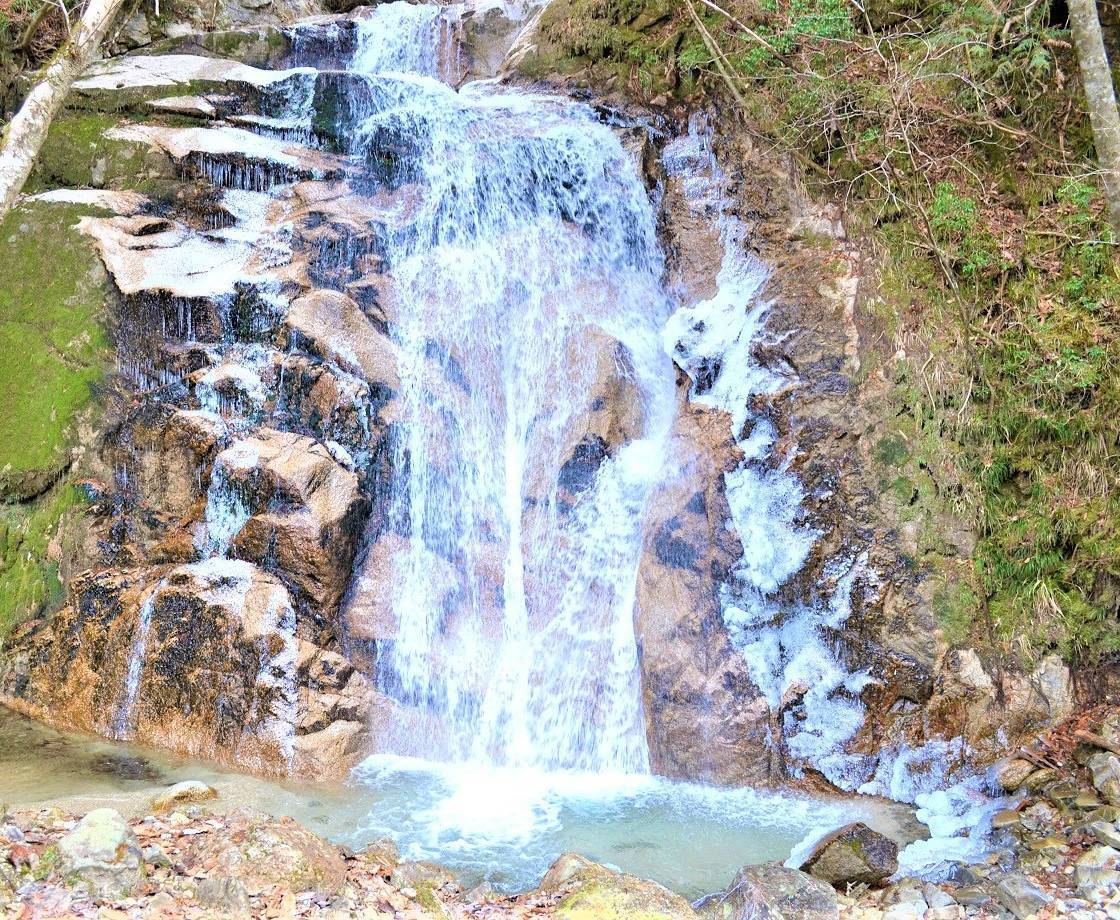
Tsumago-juku
At this point you have nearly reached your destination with the winding stone path of the Ishidatami signaling your final descent into Tsumago-juku in Nagano Prefecture. This old stone path with its twists and turns is regarded as being the most photogenic part of the original Nakasendo Road.
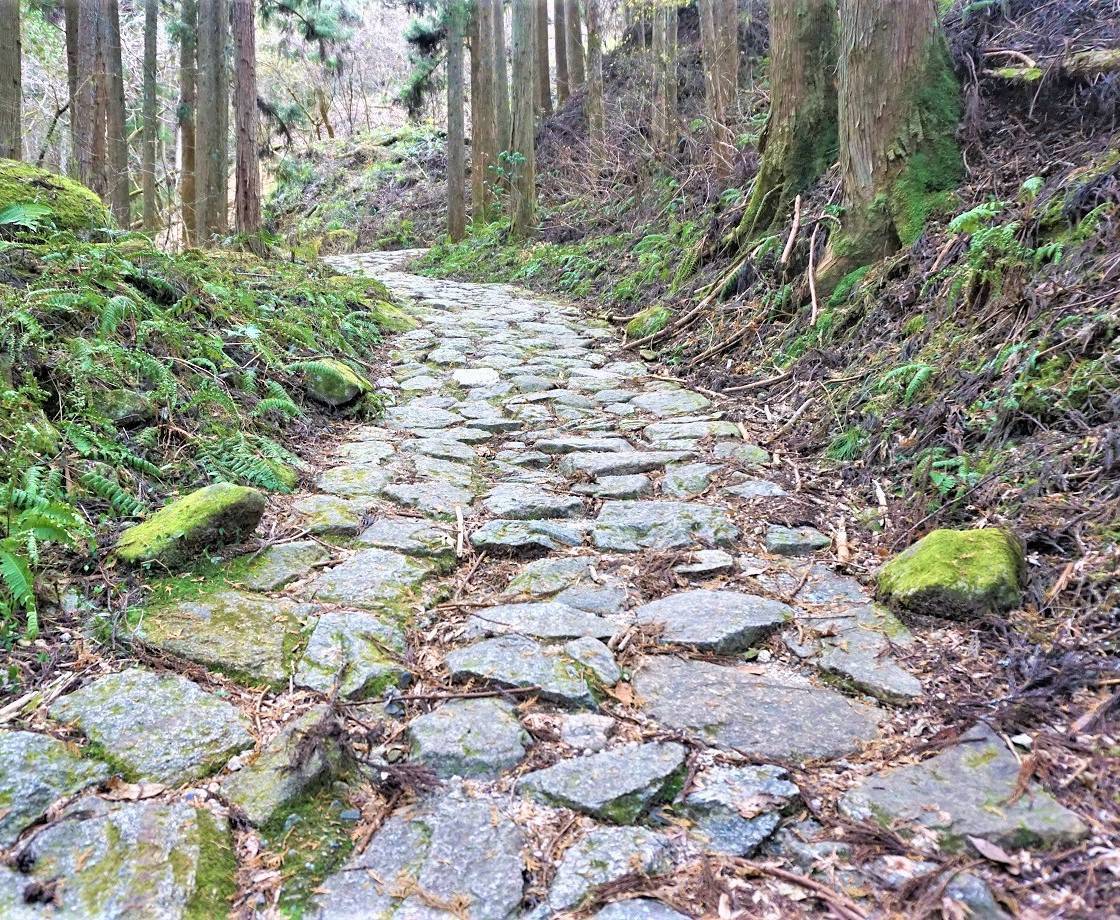
Tsumago-juku is one of the best-preserved post towns in Japan and was the forty-second of the sixty-nine post towns on the Nakasendo. This charming old town with its original or fully restored lattice wooden houses, shops, museums, and ryokan inns is one of the most atmospheric places in all of Japan.
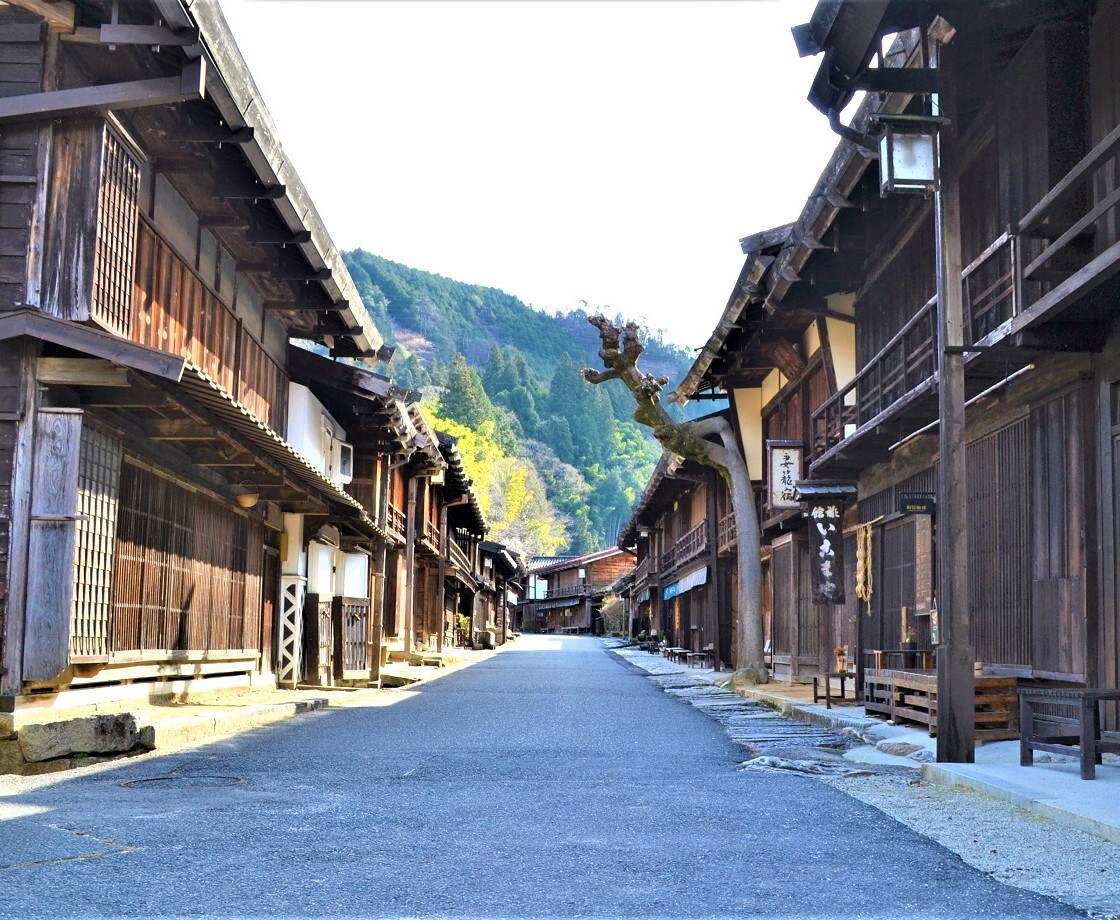
The ambience and illusion of being back in the age of the samurai is enhanced by local laws which prohibit cars on the main street and hide all signs of modern life such as power cables and phone lines.
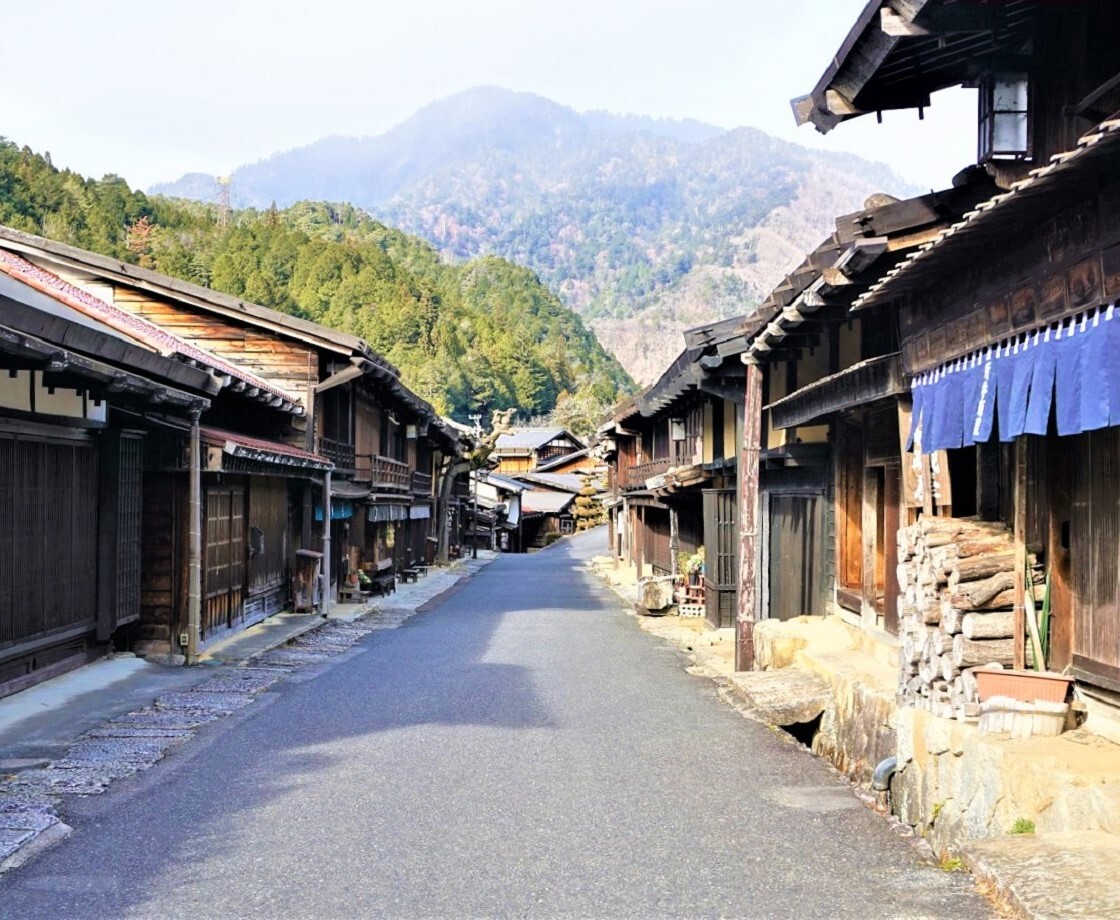
Some of the many must see places of interest in Tsumago-juku include the Tsumago-juku Honjin, which was the principal inn for only the most important travelers such as feudal lords, government officials or even the shogun himself.

Wakihonjin Okuya was the second-best inn in town after the Honjin. Waki means "side" or "secondary" in Japanese. This inn accommodated travelers of a lower status than the Honjin. The building now serves as a museum with the main building dating back to the 19th century.
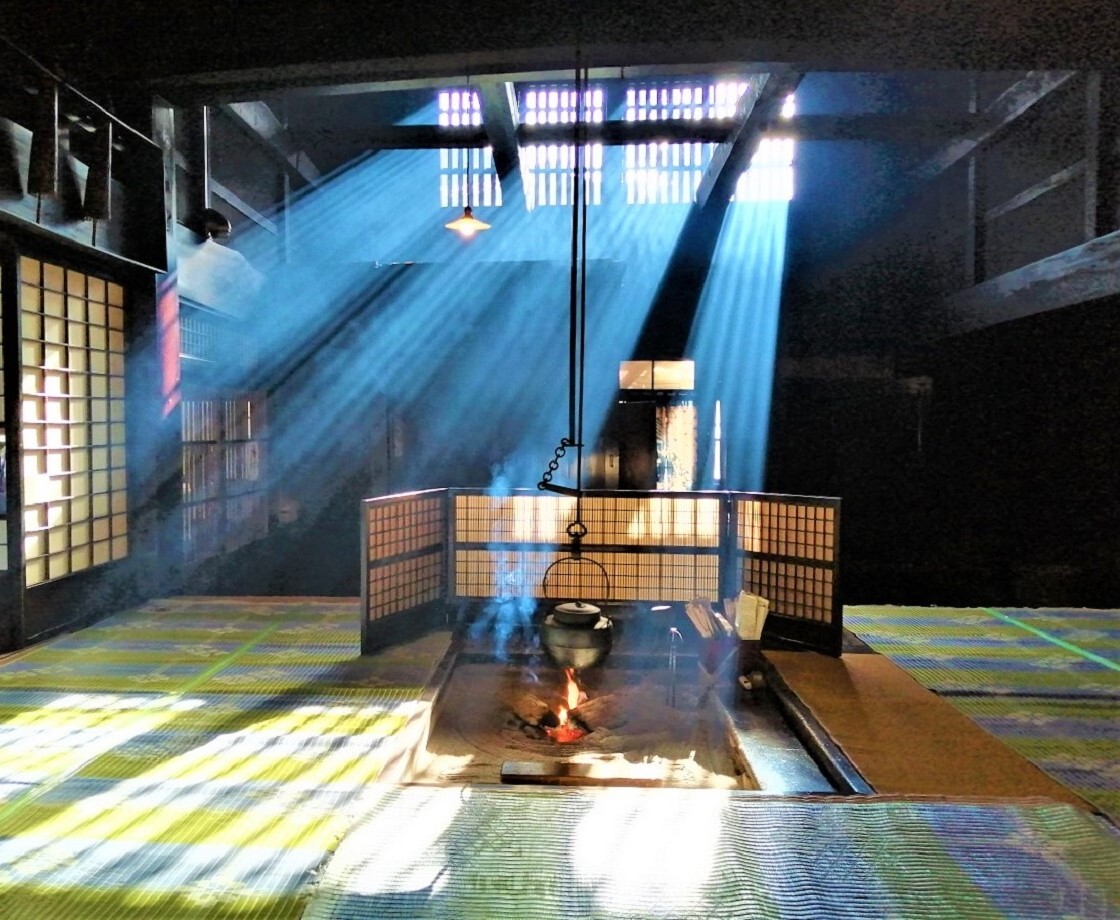
Wrap Up
From Tsumago-juku you can continue on to Nagiso Station where you catch a train back to Nagoya.
How to Get there?
From JR Nagoya Station take a JR Chuo Line Rapid Train bound for Nakatsugawa. It should take around 75 minutes and cost 1,340 yen. From Nakatsugawa Station you can reach Magome-juku in about 30 minutes via bus.
